As any new parent knows, helping a baby fall and stay asleep can be a challenge. However, helping your baby sleep is part of your duty as a caregiver. If you've ever struggled with this, the following tips will help.
1. Swaddle Your Baby
Wrapping a baby in a blanket can be both comforting and safe for your baby since it resembles the mother’s womb. Swaddling is a way of calming down a baby and helping them fall and stay asleep. Babies inhabit a startle reflex, which makes them feel as if they're dropping. This causes twitching movements causing the baby to wake up. Swaddling prevents babies from waking themselves up from the startle, hence helping them to sleep longer.
You should not use swaddling with children who are old enough to get their arms out and roll over as it may cause accidents. Once your baby reaches this age, it is advisable to leave their hands out and swaddle around their torso. When wrapping your baby, ensure their legs are loose as it could damage their hips. Moreover, swaddle blankets should not cover the baby above the shoulders.
2. Use White Noise
White noise is a blend of different sound pitches that imitate naturally occurring sounds used to soothe babies to sleep. Babies wake up from the slightest distraction or strange sound in their environments. Making your baby sleep with noise in the background is difficult.
There are two different types of white noise with varying effects to your baby. The high pitch white noise is hissy and harsh resembling alarms and sirens and works to calm down a crying baby. The low sounds like rain on the roof are used to help a baby go to sleep. There are both white noise machines and apps available to achieve the desired sound you would like to use.
With time, your baby learns to associate the white noise you choose with sleep and may fall asleep with only a few minutes of listening to it. For families with multiple children, white noise can block sounds of playing siblings that could interrupt one child’s sleep.
3. Create A Routine
Babies are not able to differentiate between days and nights. Your baby may nap for a long time in the afternoon making it difficult for them to go to sleep at bedtime. You can teach your baby to know the difference by creating a sleeping pattern that is healthy and consistent.
To achieve this, you need to wake your baby up the same time every morning. If possible, you can position the baby’s crib in a way that they can see the light when you draw the curtains. Likewise, you need to make a specific bedtime where you change them into her pajamas and switch of the light. This routine helps your baby associate light with being awake and darkness with sleep, in a way that if they wake up at night, they fall back to sleep.
Alternatively, you can adopt the eat-wake-sleep cycle where you feed your baby immediately after waking up. You then allow them some time to be awake and play before they go back to sleep. This routine helps to reenergize your baby after a nap, giving him/her the energy to remain active and prevents them from using food as a sleeping prop. A bedtime routine may include bathing and massaging your baby, cuddling and turning on white noise or
singing them a lullaby as long as it remains consistent.
4. Change Diapers Regularly
Diaper issues interrupt babies sleep. It is essential to make sure that you use absorbent diapers to avoid leakage and discomfort for your baby. Part of the routine ritual should be changing your baby into a clean and fresh diaper. Since your baby could be asleep for hours, buying a fitting, thick, and comfortable diaper is very important. Your baby would not have a good sleep in a soaking diaper and it could irritate their delicate skin. Parents need to test the diapers as what works for one child may not be ideal for another baby.
You will need to buy bigger diapers as your baby grows to guarantee comfort. You can also add a liner when putting a baby to sleep to help keep the baby comfortable for a longer period of time.
5. Understand Your Baby
Understanding your baby’s sleep pattern is useful in helping them to go to sleep. Tiring your baby out to help them sleep better at night may not work as the baby becomes over stimulated. It is advisable to let your child sleep when they begin to feel drowsy. Allowing your baby to sleep when he/she want, teaches them to be independent with falling asleep, which helps them fall back asleep when they wake up sometime during the night.
Understanding your baby will help you differentiate the needs expressed in their cry; when they need to feed, when they are wet or dirty and when they are about to fall asleep. Encourage your baby to nap and feed throughout the day as you follow the eat-wake-sleep cycle.





















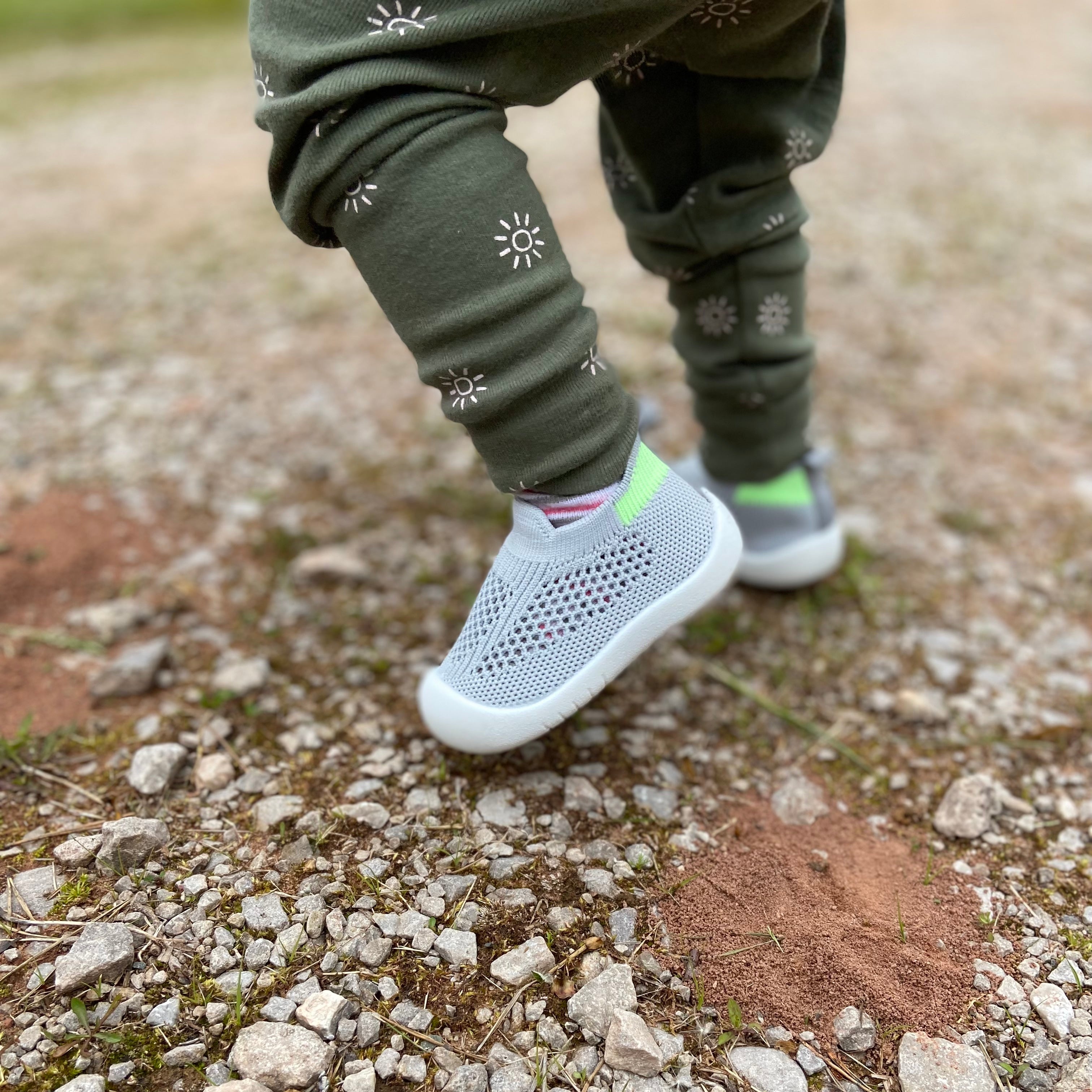
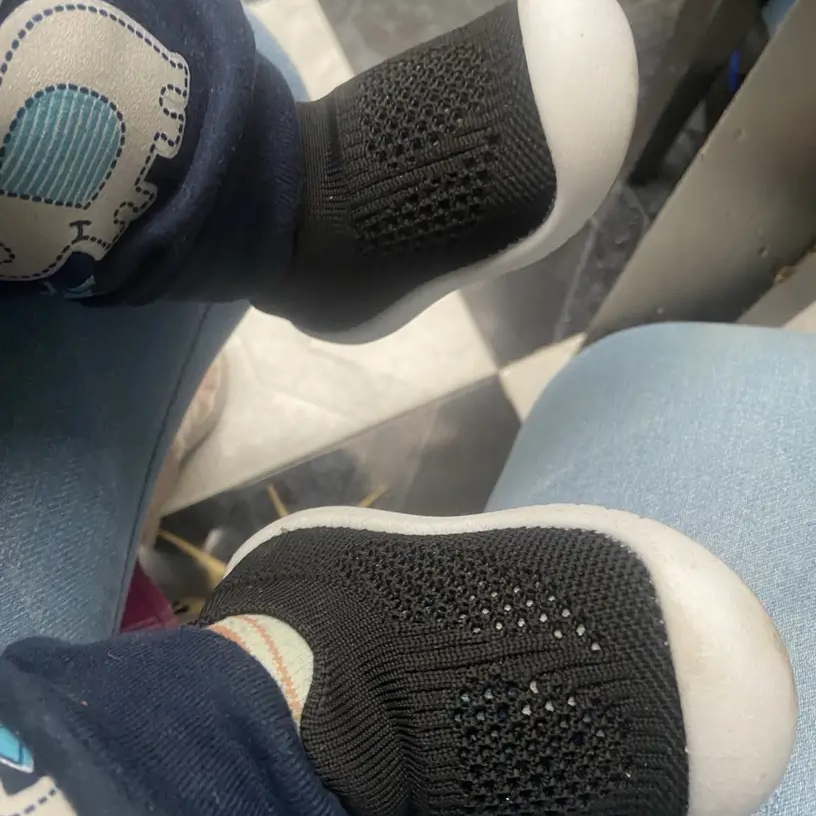
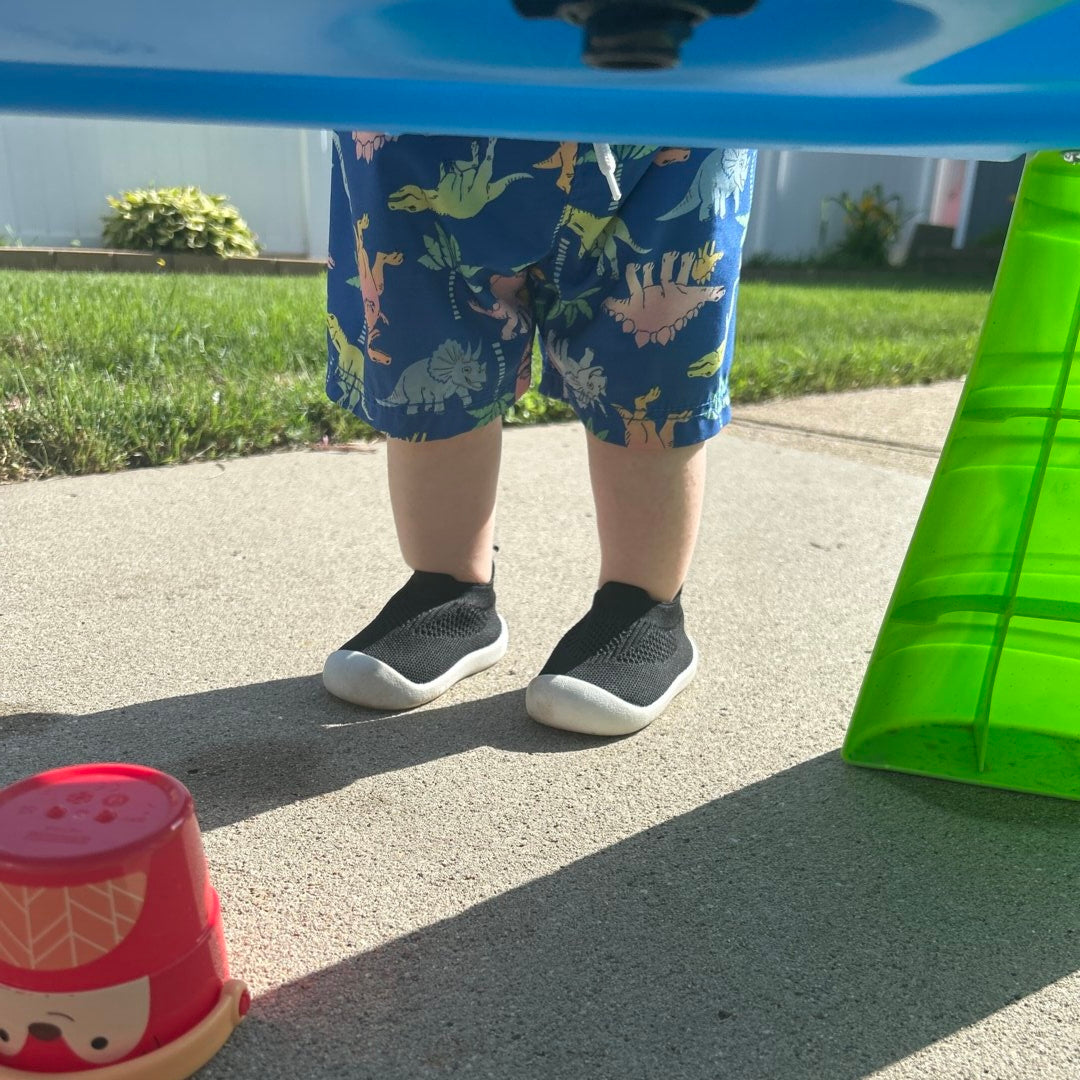


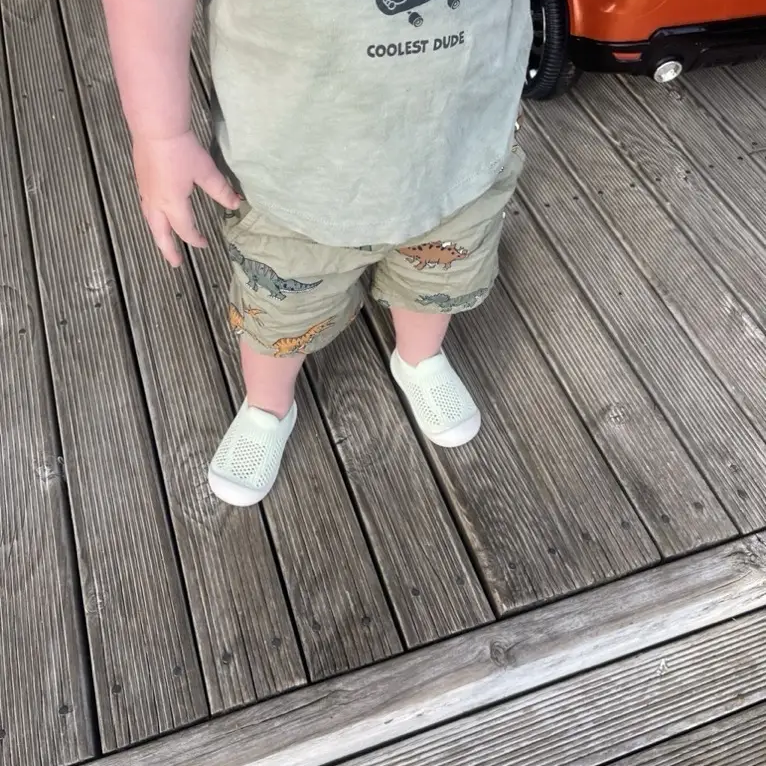
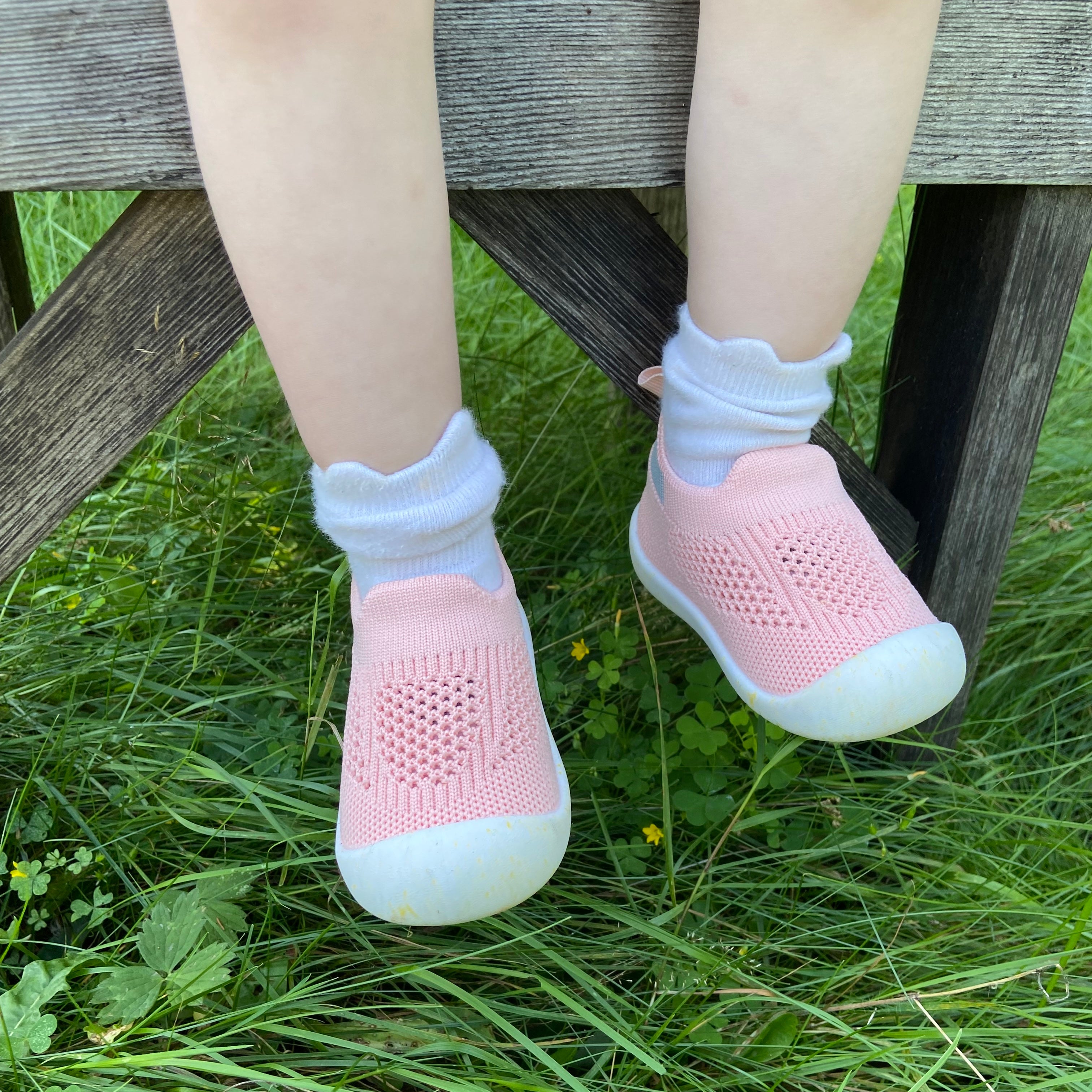




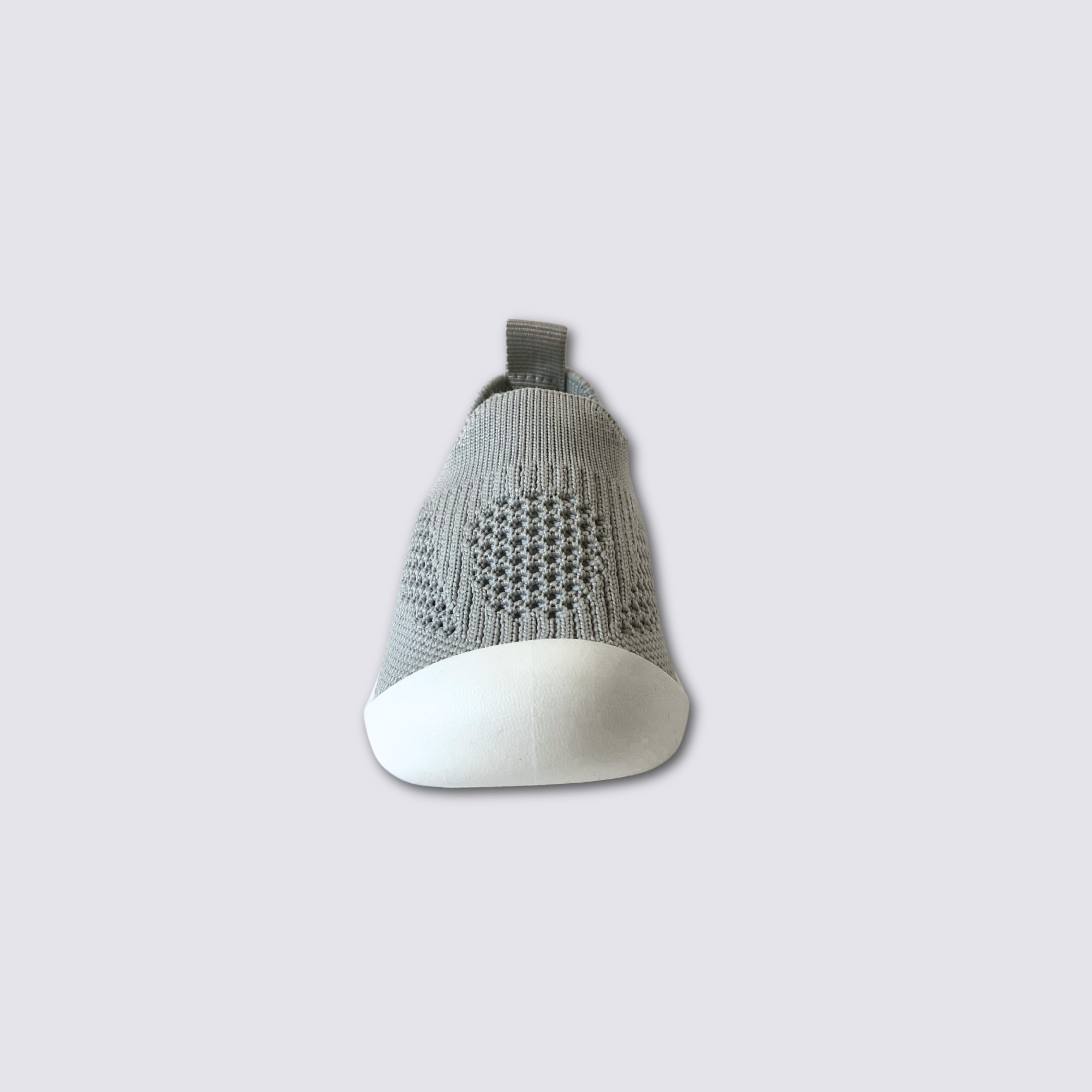
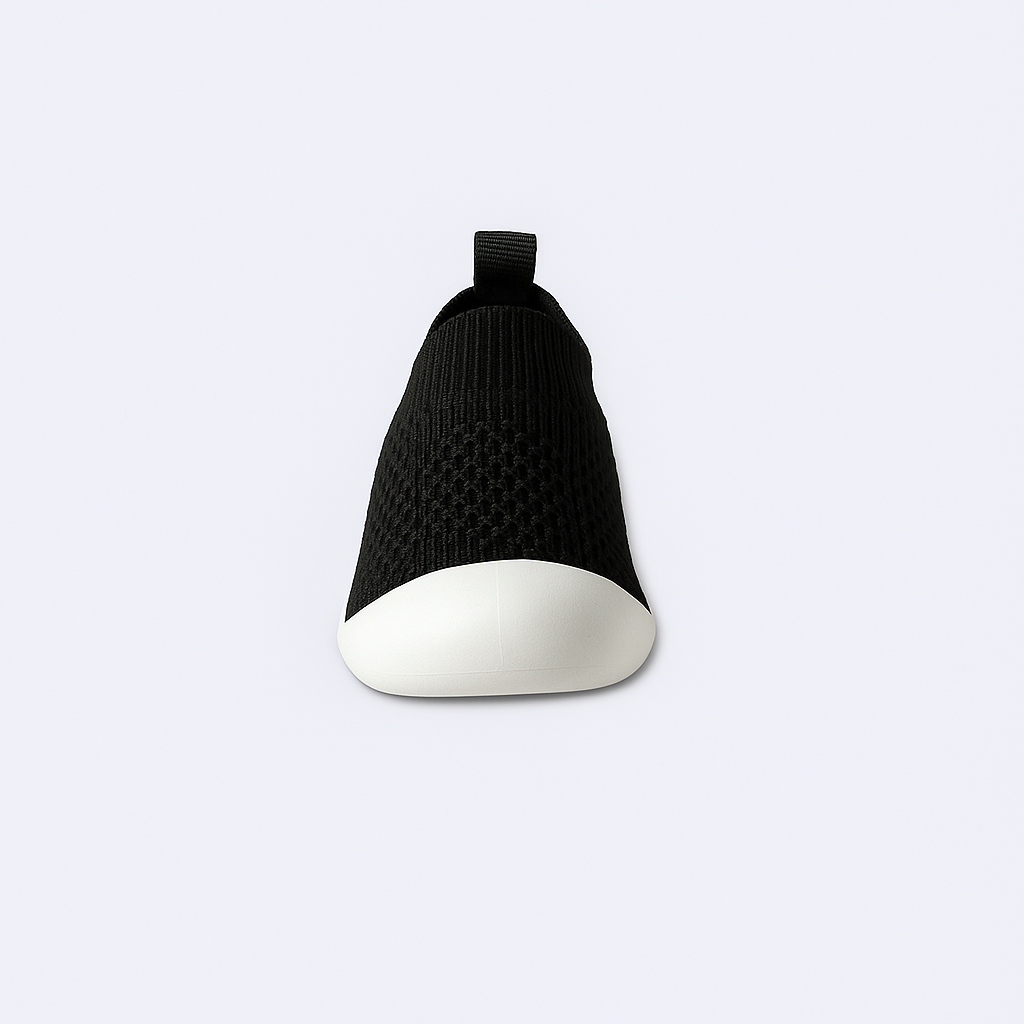
Share and get 15% off!
Simply share this product on one of the following social networks and you will unlock 15% off!